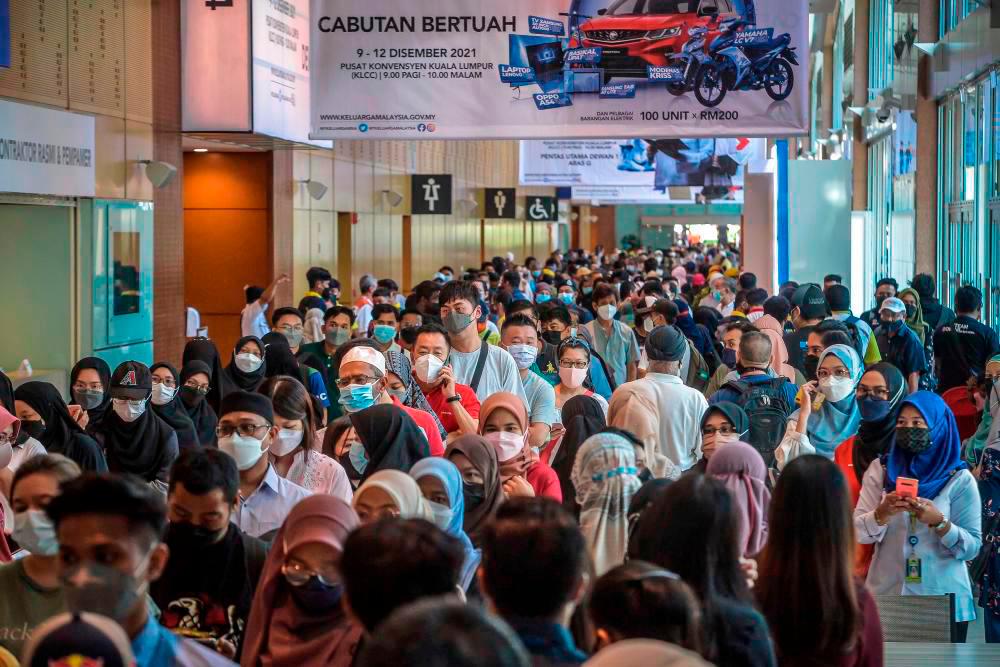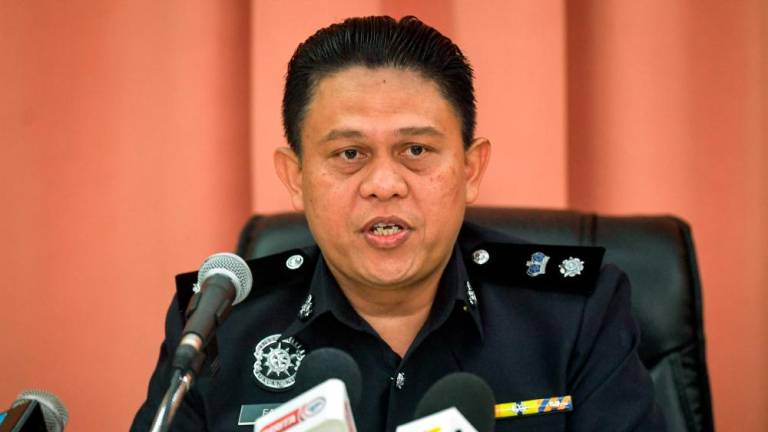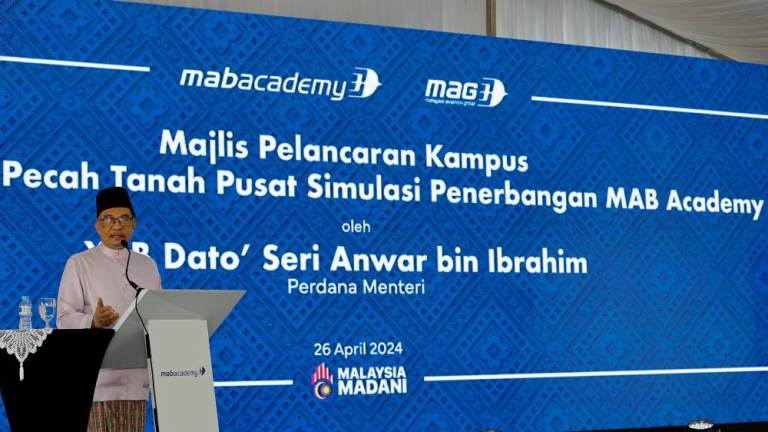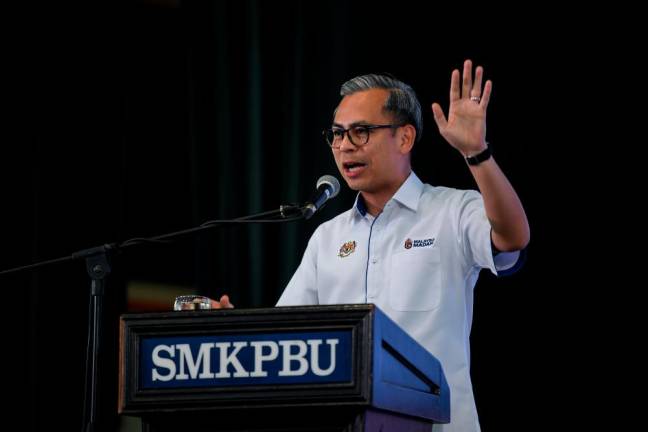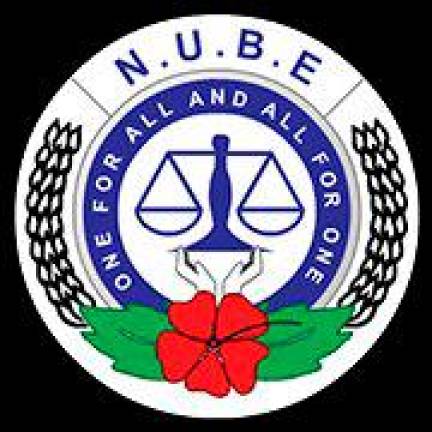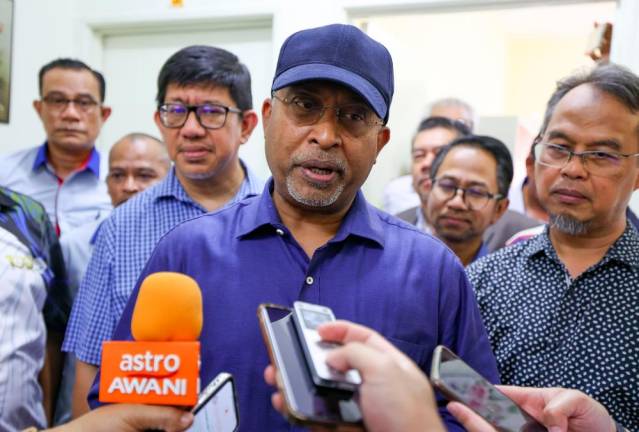LEADERSHIP is an evolving topic, partially due to what we learn about how to lead but also due to changes in the economy, environment, generations and many other things that affect our processes.
A leader is someone who expresses extraordinary dedication to his or her team and will do whatever it takes to better the team as a whole.
This article is placed on how leadership plays a major role in accomplishing organisational objectives.
We’re also going to see how good leadership can affect achieving organisational goals and the strategies they use to accomplish them in the 21st century along with some examples of how some leaders have achieved their corporate goals through leadership principles, leadership effectiveness and how it impacts the organisation and their outcomes, how the new leaders are viewed.
It also has some recommendations to solve the future scenario of how to source and create better leaders for future generations and develop them into notable leaders.
Leadership does not mean that a person should take decisions on his own, he is the pathway to success which others could not achieve, that is why we call them a leader.
Not everyone can become a leader, but only those with determination and capability will potentially become successful leaders in the future.
The biggest challenge facing leaders today is the changing world that wants a new paradigm shift in leadership.
The new reality involves the shift from stability to change, from control to empowerment, from competition to collaboration, from uniformity to diversity and a self-centred focus to a higher purpose.
In addition, the concept of a leader as a hero gives way to the humble leader who develops others and shares credit for accomplishments.
These dramatic changes suggest that a philosophy based on control and personal ambition will probably fail in the new era.
The challenge for leaders is to evolve into a new mindset that relies on human skills, integrity and teamwork.
The “soft” skills of leadership complement the “hard” skills of management, and both are needed to effectively guide organisations.
Although leadership is often equated with good management, leadership and management are different processes.
Management strives to maintain stability and improve efficiency.
Conversely, leadership is about creating a vision for the future, designing social architecture that shapes culture and values, inspiring and motivating followers, developing personal qualities and creating change within a culture of integrity.
It can be integrated with management to achieve the greatest possible outcomes.
Organisations need to be both managed and led, particularly in today’s turbulent environment.
Many managers already have the qualities needed to be effective leaders but may not have gone through the process needed to bring these qualities to life.
Leadership is an intentional act. It is important to remember that most people are not born with natural leadership skills and qualities, but can be learned and developed through study and experience.
A team leader plays a big part in whether a team achieves high performance.
Leaders provide five things that contribute to high-performance compelling purpose and clear objectives, clear roles and diversity of skills, streamlined team size, decision authority over-achieving goals, and support and coaching.
Teams go through stages of development and change over time.
Guiding a team through these stages is an important part of team leadership.
In addition, leaders encourage team cohesiveness, help establish productive norms and make sure people contribute their skills and competencies needed for the team to be effective.
Every team must possess the following competencies: goal setting and performance management, planning and coordination, collaborative problem solving, communication and conflict resolution.
Team members take on various roles that meet both task needs and socio-emotional needs.
All teams experience some conflict because of scarce resources, goal conflicts or power and status differences.
Leaders try to balance conflict and cooperation and use varied styles to handle conflict, including the dominating, avoiding, compromising, accommodating and collaborating styles.
Each style can be effective in certain circumstances.
To have broad influence, leaders develop relationships with others, listen to others needs and goals, and promote cooperation.
Machiavellian-style leadership is based on the belief that leaders must often do tough, even ruthless, things to protect the organisation.
Machiavellian leaders focus on acquiring individual power more than on collaborating with others.
All leaders use power and politics to influence people and accomplish goals.
Power is the ability to influence others to reach desired outcomes.
It can be characterised as either hard power or soft power.
Hard power includes legitimate, reward and coercive power, which are associated with a leader’s formal position of authority.
Soft power includes expert and referent power, which are based on the leader’s knowledge, expertise and personal qualities.
Three distinct outcomes may result from the use of power: compliance, resistance and commitment.
The effective use of hard, position power generally leads to follower compliance, whereas the excessive use of position power – particularly coercive power – may result in resistance.
The follower response most often generated by personal power is commitment.
Leaders who can successfully implement change typically define themselves as change leaders who describe a vision for the future in vivid terms and articulate values that promote change and adaptability.
Change leaders are courageous, capable of managing complexity and uncertainty, and believe in followers’ capacity to assume responsibility for change and learn from their own mistakes.
Leaders should strive to comprehend why people resist change.
For something new to begin, something old has to end and most people have a hard time letting go of something they value.
Leaders can help people change by changing emotions so that people can let go of the old and embrace the new.
They can provide a positive emotional attractor, supportive relationships, repetition of new behaviours, participation and involvement, and after-action reviews.
Major changes can be particularly difficult to implement, but leaders can help to ensure a successful change effort by following the eight-stage model of planned change - light a fire for change, get the right people on board, develop a compelling vision and strategy, go overboard on communication, empower employees to act, generate short-term wins, keep up the energy and commitment to tackle more pressing problems and institutionalise the change in the organisational culture.
Assoc Prof Dr Akram Al-Khaled is the MBA Programme head of the faculty of Business at Berjaya University College. Comments: letters@thesundaily.com



